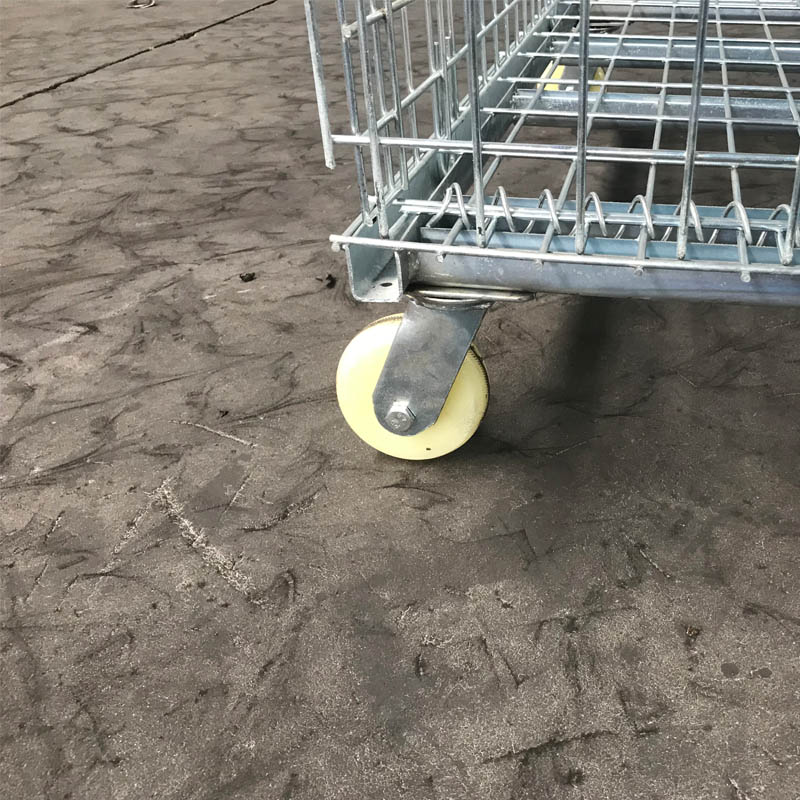
- Mobile Phone
- +8613931874955
- sales@cntcmetal.com
Horizontal Reinforcement Techniques for Effective Masonry Construction and Structural Integrity
Horizontal Masonry Reinforcement Enhancing Structural Integrity
Masonry structures, known for their aesthetic appeal and durability, often face challenges related to structural integrity, particularly under lateral loads such as earthquakes and strong winds. To combat these issues, horizontal masonry reinforcement has emerged as a vital component in modern construction practices, ensuring that masonry walls perform effectively and withstand varying stressors over time.
At its core, horizontal masonry reinforcement involves the integration of materials such as steel bars, wire mesh, or fiber-reinforced polymer within mortar joints or at strategic layers within the masonry unit
. This technique serves to enhance the tensile strength of the structure, which is particularly critical since masonry materials, while excellent in compression, are typically weaker in tension.One of the primary benefits of horizontal reinforcement is its ability to mitigate cracking and deformation of masonry walls. When lateral forces are applied, such as during an earthquake, unreinforced masonry is prone to tensile failure. Incorporating horizontal reinforcement helps distribute these forces more evenly across the wall, reducing the likelihood of sudden structural failure. It provides a supplementary support system that helps maintain the wall's integrity during intense stress, thus enhancing the overall resilience of the building.
horizontal masonry reinforcement

Furthermore, the implementation of horizontal reinforcement can play a significant role in fulfilling building codes and regulations. Many jurisdictions have updated their structural requirements to include horizontal reinforcement in masonry constructions, particularly in regions prone to seismic activities. By adhering to these guidelines, builders and architects not only ensure compliance but also enhance the safety of the structures they design, ultimately protecting lives and property.
Another important aspect of horizontal masonry reinforcement is its contribution to the longevity of buildings. Over time, the absence of proper reinforcement can lead to significant deterioration of masonry walls, resulting in costly repairs and increased maintenance. By investing in horizontal reinforcement during the initial construction phase, property owners can reduce the long-term upkeep costs and enhance the durability of their structures.
In terms of installation, horizontal reinforcement can be seamlessly integrated into various types of masonry projects, from residential buildings to larger commercial structures. The reinforcement can be precisely placed in the horizontal joints of masonry units, often utilizing pre-manufactured systems designed for ease of installation. This adaptability makes it a favored choice among architects and builders aiming to maintain both aesthetic and structural considerations.
In conclusion, horizontal masonry reinforcement stands out as an essential practice in contemporary masonry construction. By improving tensile strength, reducing the risk of cracking, meeting regulatory demands, and extending the lifespan of masonry structures, horizontal reinforcement plays a crucial role in modern architecture. As we advance in our understanding of building materials and construction techniques, the importance of strategic reinforcement cannot be overstated, making it a key consideration for any masonry project aiming for safety, longevity, and resilience.
share:
-
Your Source for Concrete Wall Ties and Masonry AccessoriesNewsJul.10,2025
-
Unlocking the Power of Iron Wire for Every ProjectNewsJul.10,2025
-
Explore Advanced Chain Wire and Stainless Steel Mesh FencingNewsJul.10,2025
-
Discover the Benefits of Annealed Wire ProductsNewsJul.10,2025
-
Discover China Stainless Steel Wire Mesh SolutionsNewsJul.10,2025
-
Build with Confidence Using High-Performance Masonry AccessoriesNewsJul.10,2025
-
Why Sacrificial Formwork Is Redefining Underground ConstructionNewsJun.06,2025



















